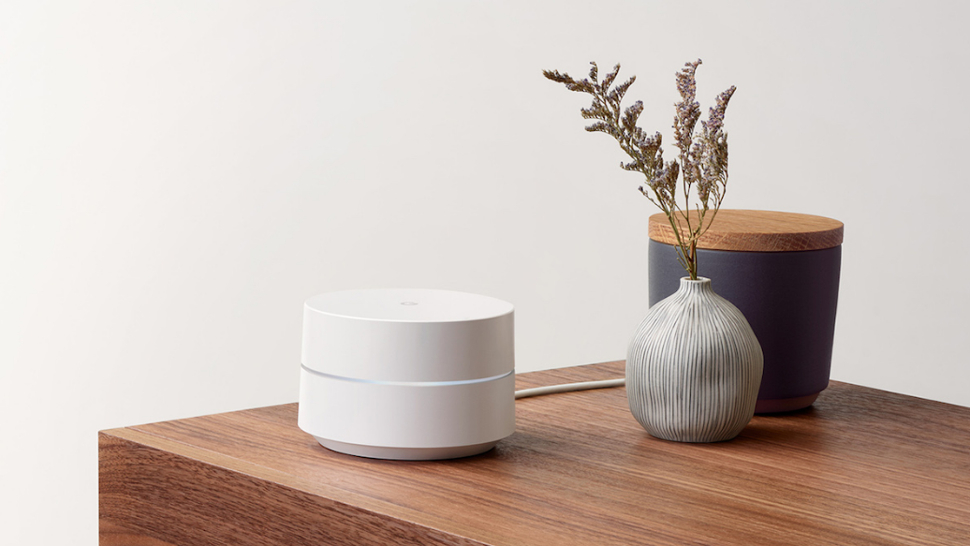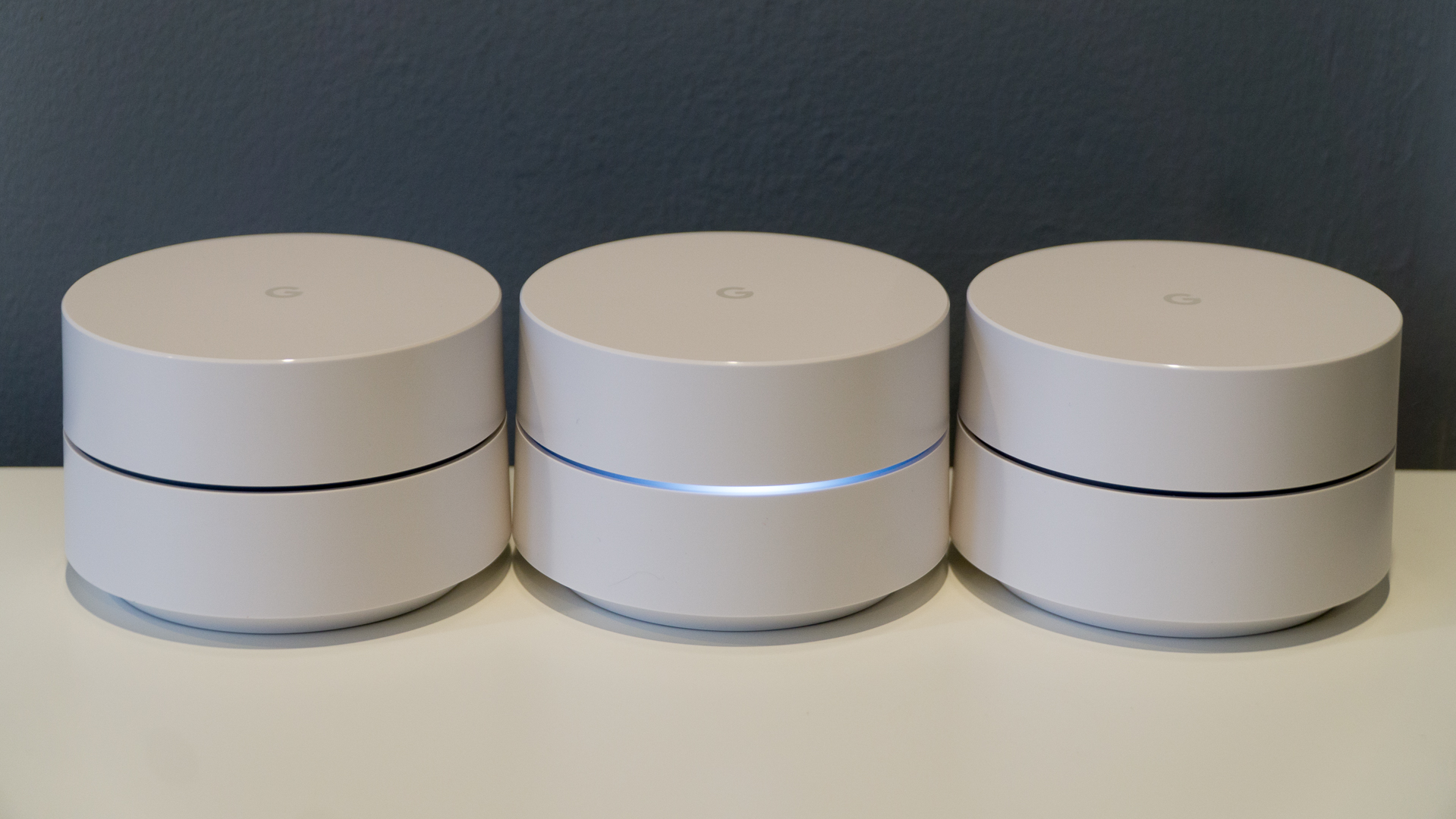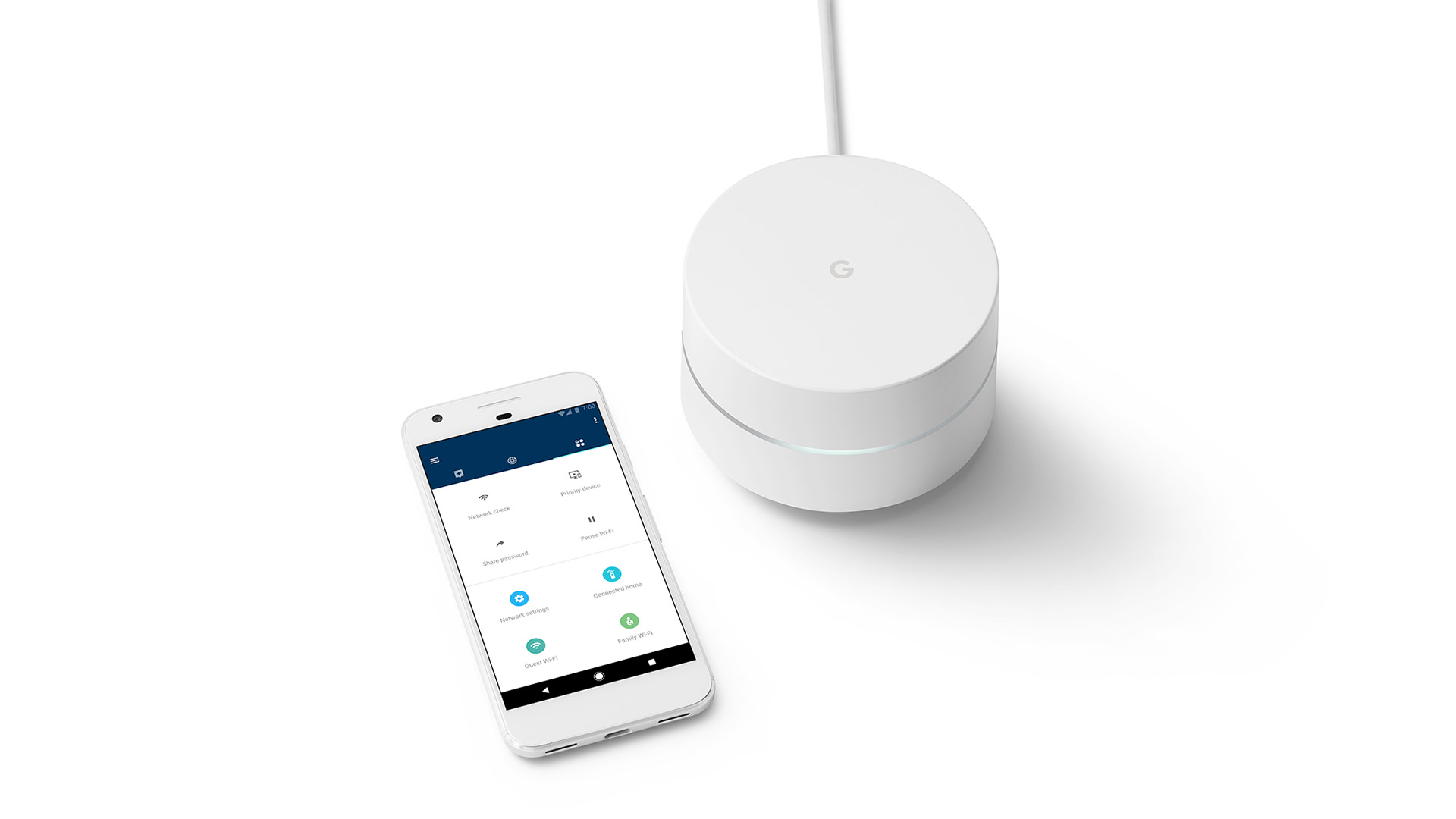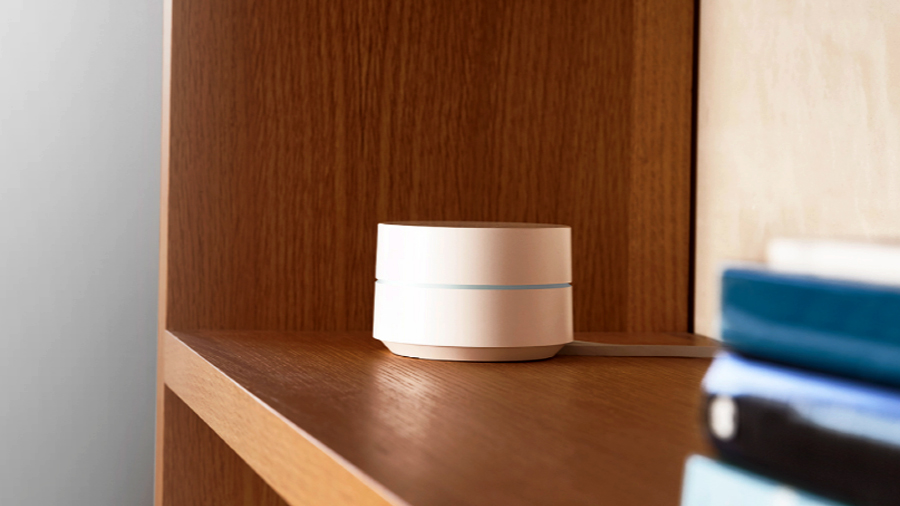What is Google Wifi? Everything you need to know
What’s so great about Google’s mesh-networked cylinders?

Google Wifi has been out in the US since the end of last year, but as is often the case with big tech launches, other countries have had to wait. For people in the UK, that wait is over, as it is now on sale.
Maybe you’ve heard about Google Wifi, and perhaps something about mesh networking, but you’re still not quite certain why you should be all that bothered about the router system.
We’re here to explain exactly what’s different about Google Wifi compared to your average router, and why you should be excited concerning its imminent arrival.

What is it?
First of all, the basics. The idea of Google Wifi is to provide multiple devices which hook up together to ensure better wireless coverage across your home. One of the router devices – they’re all identical compact little white cylinders – connects to your DSL or cable modem as normal, and the others are strategically placed elsewhere around your home, connecting wirelessly to this first unit, and ensuring a strong Wi-Fi signal in their vicinity.
In other words, you won’t just have a belting Wi-Fi signal in your living room where the primary device is. If, for example, there’s a ‘dead spot’ (poor connection) way over in the kitchen on the far side of the house, placing a Google Wifi device there will ensure great connectivity while you’re cooking up dinner, rather than a sluggish surfing experience. These linked-up cylindrical devices form what is known as a mesh network.
In the UK, you can purchase a two-pack of Google’s devices for £229, with a single Google WiFi unit costing £129.

What’s so great about Google Wifi?
If you’ve got a large house, you may well have problems with dead spots – perhaps upstairs is a weak connectivity nightmare. Google Wifi can eliminate these issues with a minimum of fuss, and three of the Wifi Points are able to cover up to 4,500 square feet (418 square metres) of your house, according to the company.
Sign up for breaking news, reviews, opinion, top tech deals, and more.
One of the other big attractions here is that it’s extremely easy to set the system up, and to subsequently tinker with it. Installation is facilitated via a free Android or iOS app which takes all the pain out of the process and configures the network for you.
Once you’re up and running, you can use that same app to easily tweak various settings. For instance, it’s possible to prioritise bandwidth for a specific device, so if you’re doing something intensive like playing an online game or streaming 4K video, you can give the hardware in question a leg-up.
Or with just the tap of an icon, you can ‘pause’ Wi-Fi coverage, temporarily turning it off when, say, you’re sitting down for a meal at the dining table, to make sure the family is chatting together and not stuck with their noses in their respective phones or tablets.
It’s also easy to test the performance of the overall Wi-Fi network, and tweak the positioning of your Google Wifi devices if coverage isn’t optimal (i.e. move one device closer to the base unit which is hooked up to your modem, to give it a better connection).
There really is a focus on user-friendliness here – although note that more tech-savvy users might wish for a bit more in terms of advanced options. But they’re not who Google WiFi is aimed at.
Another plus point to bear in mind is that in our review, we found Google Wifi boasted impressive performance levels when it came to real-world speeds (if you’re interested, check out the full benchmarks here).
And finally, on the aesthetic front, the cylindrical devices are relatively smart-looking and unobtrusive, meaning you should be able to stash them about your house without provoking any comments about technological eyesores.

Any pitfalls to be aware of?
It can’t all be glowing news, right? As mentioned, it’s true that advanced users may want more configuration options than Google gives them. And the UK pricing isn’t pitched at such a tempting level as it is in the US.
Over in the States, Google sells a three-pack of the devices for $299, whereas in the UK, only a two-pack is offered at £229. So if you want three devices to cover your large house, you’ll have to buy an extra single unit at £129 for a combined cost of £358 (compared to $299).
That said, you may well only need a two-pack to cover your home (two should do for a medium-to-larger house, according to Google), and the system is still temptingly enough priced – it’s just not quite as compellingly cheap as it is in the US. This probably shouldn’t be a surprise, though, given that the whole Brexit vote and resulting currency fluctuations have hit the UK hard in terms of hardware prices.
- You don’t have to buy new hardware to tackle Wi-Fi dead spots
Darren is a freelancer writing news and features for TechRadar (and occasionally T3) across a broad range of computing topics including CPUs, GPUs, various other hardware, VPNs, antivirus and more. He has written about tech for the best part of three decades, and writes books in his spare time (his debut novel - 'I Know What You Did Last Supper' - was published by Hachette UK in 2013).